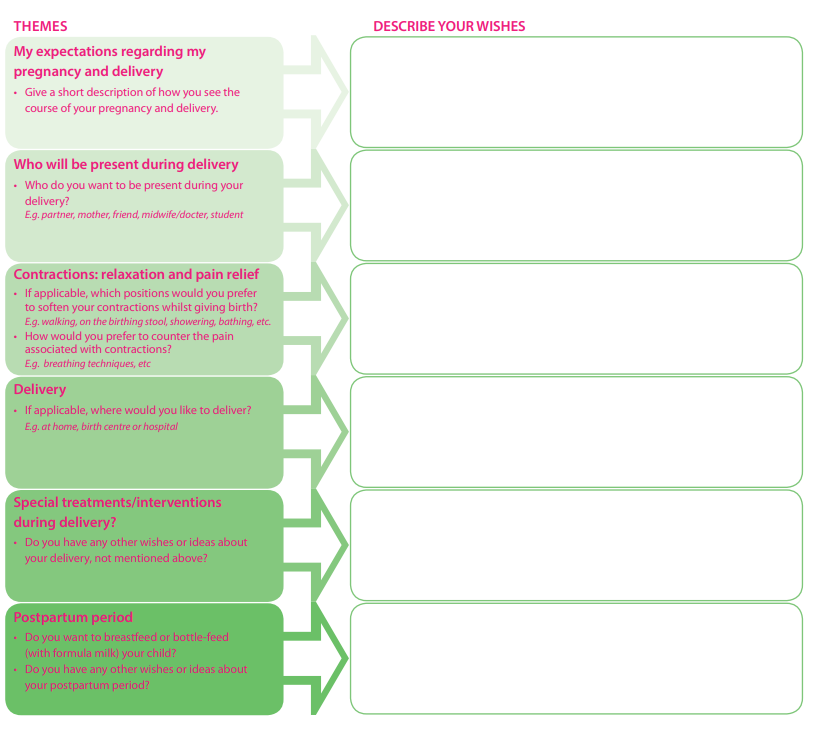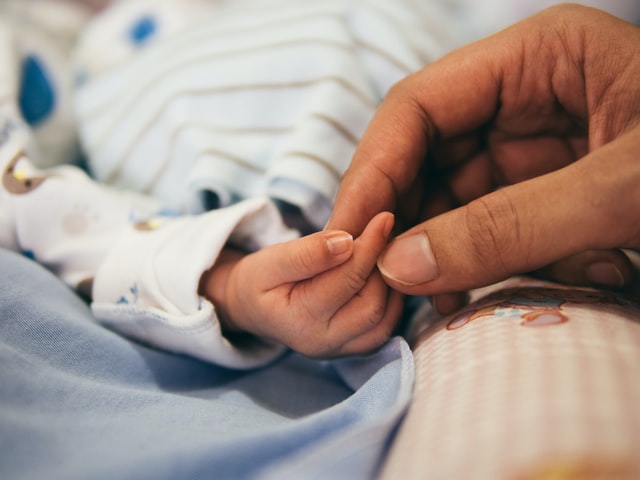Pregnancy in the Netherlands
Being pregnant in another country can give you some extra stress, a different language, different customs, some countries look very different towards hospital birth just to name some examples. I am writing this page to give you a good understanding about the ‘Dutch way’ and added some personal experiences giving birth in the Netherlands as an expat.

We explore in this section
What to do when you are pregnant
I am pregnant what next? Finding a midwife, you like and feel comfortable with is very important. Ask around your (spouses) family your GP, friends are good sources to start with or you can check the list of midwifes in the Netherlands on the website of The Royal Dutch Organisation of Midwives (in Dutch Koninklijke Nederlandse Organisatie van Verloskundigen).
Make sure you register with your midwife between 6 to 10 weeks. Your standard insurance policy covers the costs associated with a midwife. My personal experience the checks and updates were great always helping you to feel secure. It was important for me they all spoke English so they were able to explain every detail.
Giving birth at home or in the hospital
Coming from Spain where giving birth in the hospital is by far the most popular choice, it was interesting to have a conversation with the midwife about home delivery, they gave very detailed information and personal experiences, in the Netherlands around 12 percent delivers at home. This number was considerably higher in the past. In the nighties this was 35 percent. In the Netherlands you can also deliver in a so-called birth centre. Discuss this with your midwife and health insurance.
If you choose to deliver in a hospital, when the due date is getting closer, the midwife gave us the option of visiting the hospital so we could see the room and how to get there. That was important for me as I was a little bit anxious of not knowing where to go that day.
What is a birth plan
A birth plan is a document you can make with your partner and caregiver that describes how you would like the delivery of your child. Having a good birth plan ready and with clear points is also very important. I felt they really listen to my voice about everything I wrote in my birth plan like speaking English all the time Infront of me during the delivery, using the epidural and having also my mum in the room while the whole experience. Download the birth plan here.

Pregnancy leave and maternity leave
If you are pregnant and you are working for an Dutch employer or you are receiving benefits, you are entitled to pregnancy leave and maternity leave. You will get pregnancy leave in the period before you give birth and maternity leave in the period after you have given birth. Pregnancy and maternity leave last for a minimum period of 16 weeks in total.
What is Kraamzorg – Postnatal care?
The Netherlands has something very unique this is called Kraamzorg. You can choose with your health care insurance and the postnatal care company how long you want the Kraamzorg after the birth of your child. They will send a person (you will meet during your pregnancy) to help you with showering your baby, assist with breast feeding, help you with stiches and other problems you may face after your pregnancy and they also take care of some basic housekeeping.

Registering your child
After giving birth, you or your partner will need to register your child at the local municipality (department of municipal population affairs). You should do this max 3 days after of the birth of your child. You will receive a birth certificate will then be drawn up for your child and can choose to have the birth announced in your local newspaper.
The first week - Personal Experience
The first week of the new born being home is quite busy. They coming home to check the baby’s hearing and blood that was amazing as the last thing you want to do is going somewhere with a week-old baby. The same people who come to do the checks that week are the people who later on will check your son/daughter at the Consulatatiebureau.
This I really liked just a place to take your baby and talk about your insecurities and worries. They give you a great support and help in all the matters.
